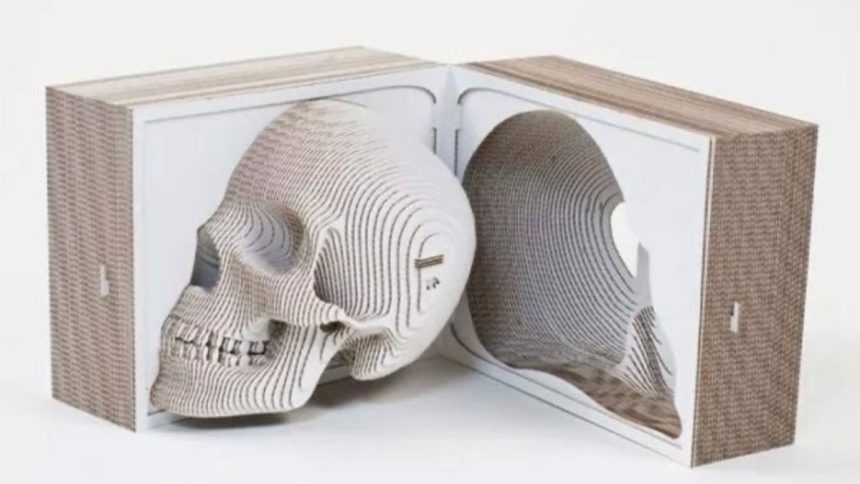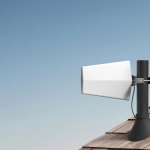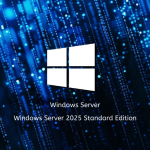With the rapid growth of laser technology and the increasing affordability of laser engraving machines, businesses, hobbyists, and entrepreneurs are exploring the endless possibilities of engraving. Whether you want to start a small business or pursue another revenue stream, finding the right laser engraver can launch a startup or increase your income almost overnight. Here are the key considerations when deciding on a machine to help you make an informed decision.
Choosing the Right Equipment for Your Niche
First, it’s important to understand what a laser engraver does and the types available. A laser engraver uses concentrated beams of light to etch designs, patterns, or text onto various materials such as:
- Wood
- Acrylic and plastic
- Glass and plexiglass
- Aluminum
- Granite
- Cardboard
- Gold and silver (jewelry)
- Fabrics and leather
The two main types of laser engravers are CO2 and fiber lasers. CO2 lasers are versatile and suitable for non-metal materials, making them an excellent choice for many businesses. Fiber lasers, on the other hand, are better for heavy metals and industrial applications and are generally much more expensive. For smaller, non-industrial businesses, a CO2 laser engraver will most likely align with your projects.
Considering Laser Engraver Size and Power
Laser engravers come with different power ratings, usually measured in watts. For light engraving on soft materials like wood and leather, a 30-40W CO2 laser engraver is sufficient. If you plan to work on tougher materials or require deeper engraving, look for machines with higher wattage. Additionally, the bed size of the engraver determines the maximum material size you can work with. Smaller machines are compact and affordable, but they may limit your project scope. Larger models offer greater versatility but come with higher costs and space requirements.
Which Software Programs Work With Laser Engravers You’re Considering
Most laser engravers are paired with proprietary software, but others can work with popular design programs like Adobe Illustrator or CorelDRAW. If you’re new to laser engraving, look for user-friendly software with tutorials and support to get started. Ensure that the software is compatible with your computer’s operating system and supports the file formats you’ll use for your designs.
Safety is Key
Safety features should not be overlooked, especially for first-time users. Look for a laser engraver with features like an emergency stop button, safety covers, and proper ventilation options to minimize health and safety risks. Some machines also come with built-in air assist to reduce smoke and debris during engraving, which can improve safety and engraving quality.
Budget Considerations
Entry-level laser engravers can start between $7,000 to $10,000 CDN, while advanced models cost twice that amount. Determine how much you’re willing to invest, but remember that a higher price often reflects better performance, durability, and additional features, which often translate to higher revenues. Don’t forget to ask about maintenance costs, replacement parts, and additional tools you might need.
Look for Online Discussions Around Laser Engravers on Your Short List
Research reviews and customer feedback to gauge real-world performance and reliability. Joining online communities or forums can provide valuable insights and recommendations from experienced users. Established suppliers also offer demonstrations, warranties, and lifetime technical support, which can give you peace of mind as you begin your engraving journey.
In Short
By understanding the different types of machines, assessing your needs, and prioritizing safety and software compatibility, you can confidently pick the perfect engraver for your projects. With the right laser engraver, you unlock a world of creative possibilities that can potentially increase your bottom line.
Lynn Martelli is an editor at Readability. She received her MFA in Creative Writing from Antioch University and has worked as an editor for over 10 years. Lynn has edited a wide variety of books, including fiction, non-fiction, memoirs, and more. In her free time, Lynn enjoys reading, writing, and spending time with her family and friends.















